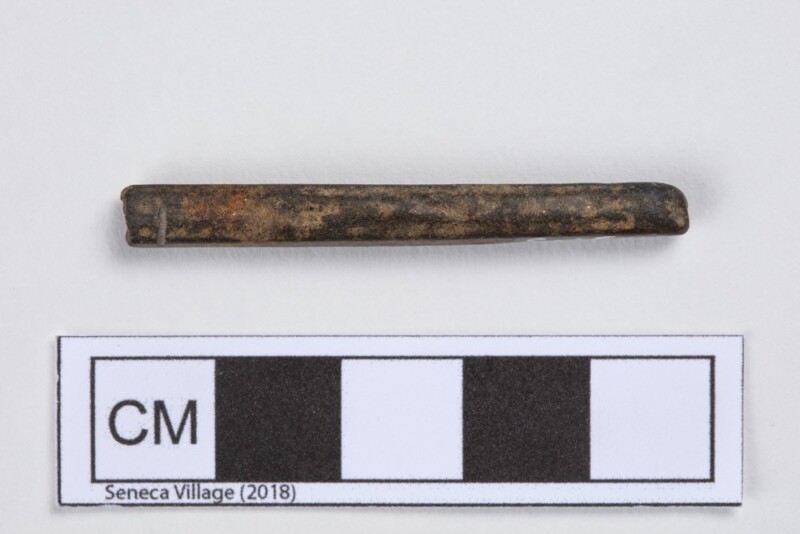
Figure 1: Slate Pencil from: NYC Archeological Repository: The Nan A. Rothschild Research Center.
Examining Slate Pencils and Educational Equity in Seneca Village
Brandon Lee
Seneca Village was an autonomous and predominantly Black community within Manhattan during the 19th century. Prior to its destruction in 1857, residents of Seneca Village developed various community institutions, including churches, schools, and cemeteries. The community further constructed cultural and social standards, such as an emphasis on secondary education and schooling. This study examines a slate pencil from Seneca Village, identifying the artifact’s (1) material composition and technical details; (2) social meaning and former implications; and (3) contemporary connections. Through utilizing evidence provided by public documents and a prior archeological excavation in 2011, this study explores a 21st century angle of the artifact’s meaning, centering on racial inequities and educational disparities. Furthermore, the outcome of the study suggests that the usage of the slate pencil connects to efforts to include more Black students within institutions of education.
